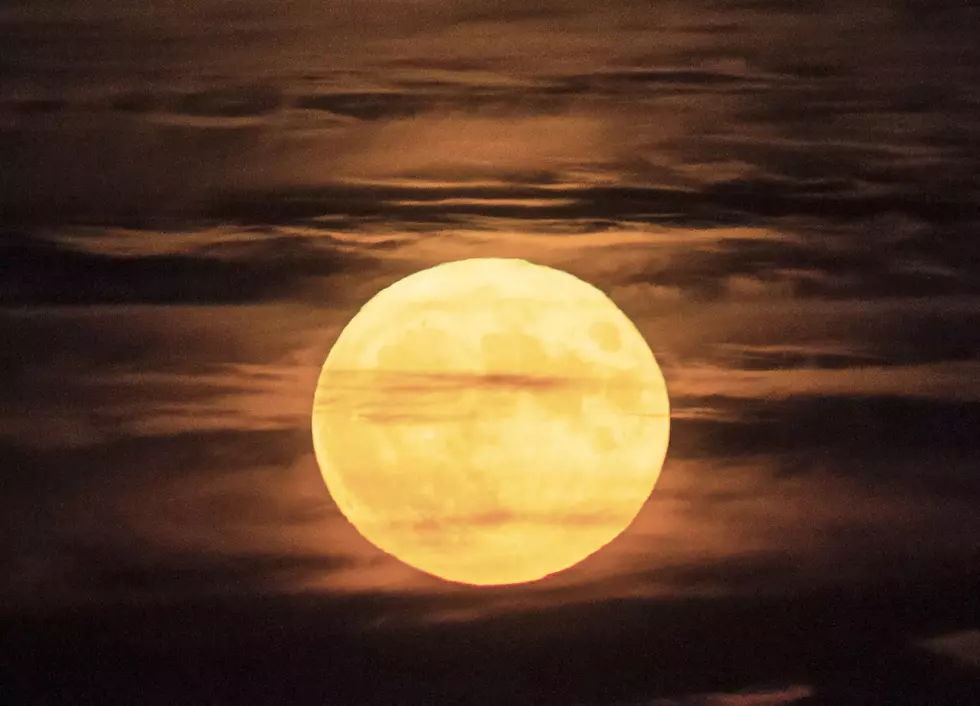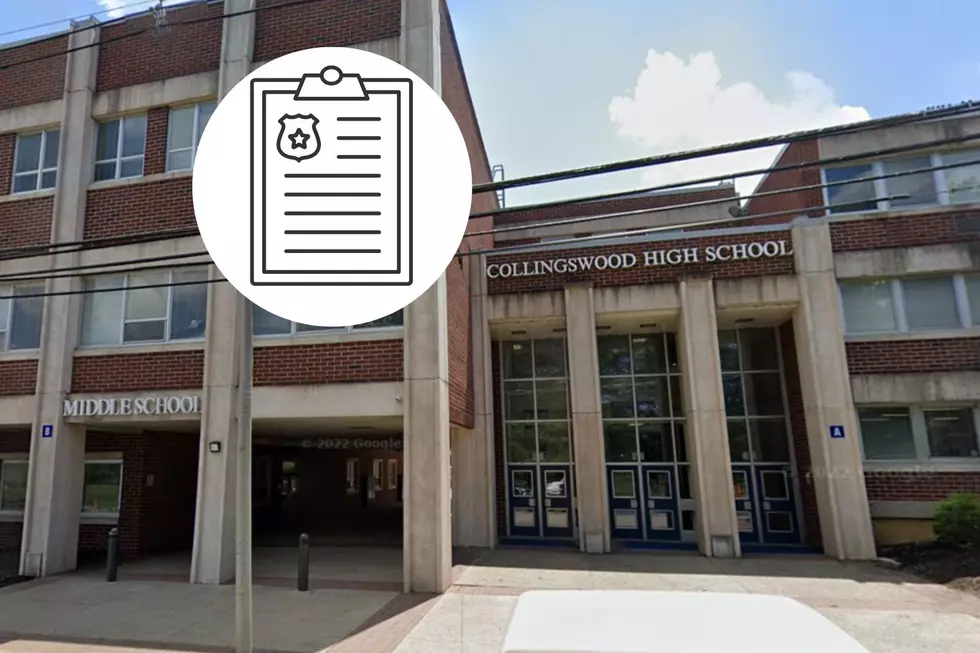
Super moon vs. Geminid! How to see both in NJ tonight
Turn your eyes to the skies Tuesday night, and you'll likely see something impressive — but exactly what is in questoin.
Tuesday is the last of 2016's three so-called "super moons" — a full moon noticeably closer to the Earth than usual. A super moon can appear as much as 14 percent bigger and 30 percent brighter than a full moon — though that extra brightness can easily be masked by clouds or urban lights, according to NASA.
When it's low-hanging, you'll really see the moon in all its glory. It's less noticeable high in the sky.
"A supermoon is undeniably beautiful. And we can multiply that beauty by three as 2016 comes to a close," NASA writes.
But the super-bright, super-large moon is likely to outshine the Geminid meteor showers lots of people have been looking for this week. That shower can produce up to about 120 meteors in an hour at its peak. Accuweather warns the moon and cloud cover across most of the U.S. will make Geminid difficult to make out.
The full moon of Nov. 14 was the real doozy — the closest to date in the 21st century and the closest we'll see until 2034, according to NASA. But Tuesday's should still be something special.
Rutgers University astronomy and physics expert Carlton Pryor told New Jersey 101.5 earlier this week meteor showers — like Geminid — occur when the Earth runs into a stream of debris while orbiting around the sun.
If you'd rather see that than the moon, he says, “find someplace where you can see a lot of the sky, hopefully facing away from the very bright moon" — and cross your gfingers.
Pryor says the best time this week to see the Geminid meteor showers, weather permitting, will still be between Tuesday evening and early Wednesday morning.
“You just basically want to go out to somewhere where you can see as much of the sky as you can … probably anytime after 10 or 10:30 p.m. It is best in the morning, but it gets cold in the morning, so you can start a little bit early if you want.”
More from New Jersey 101.5:
More From New Jersey 101.5 FM









